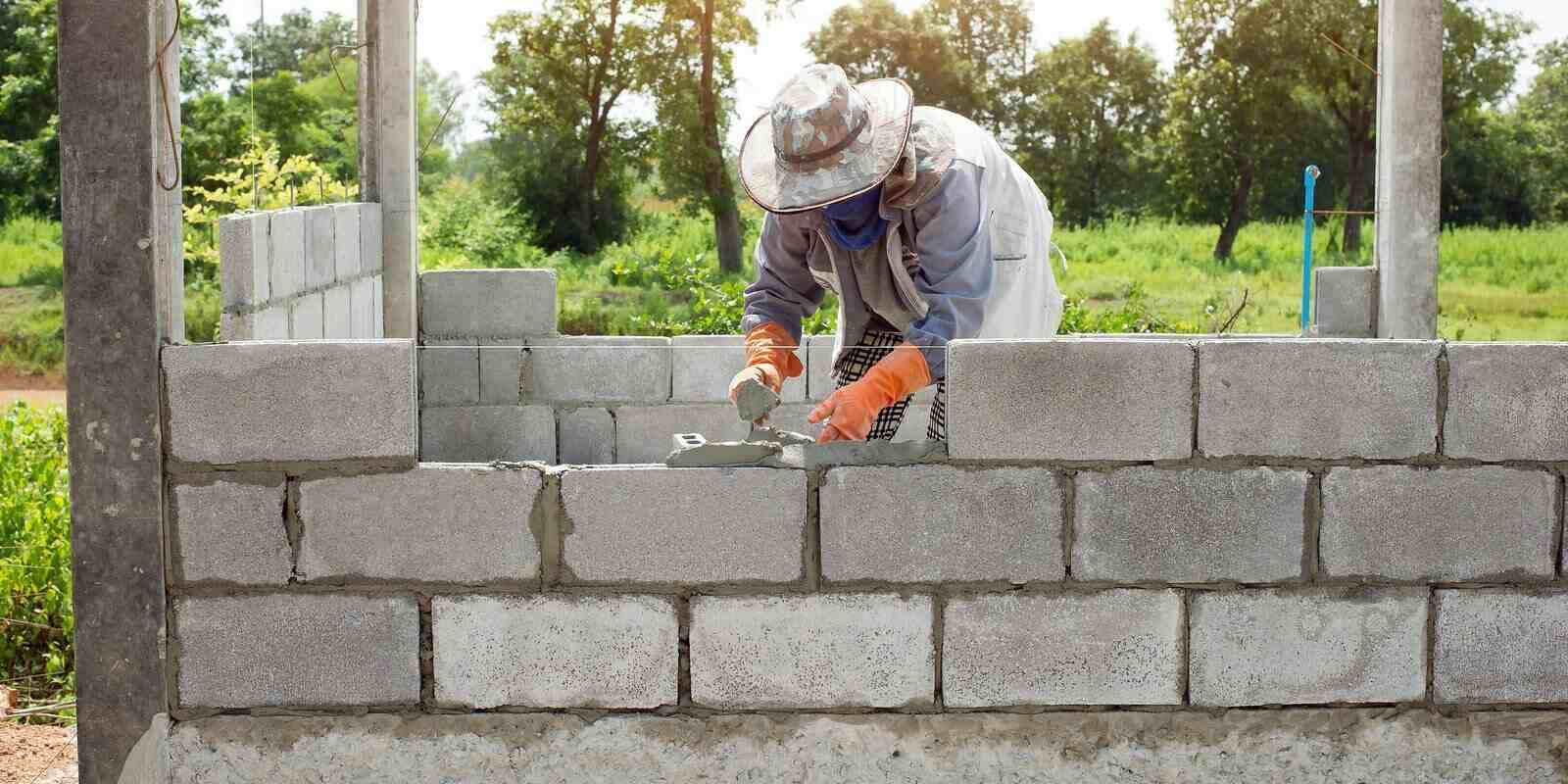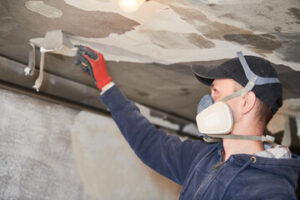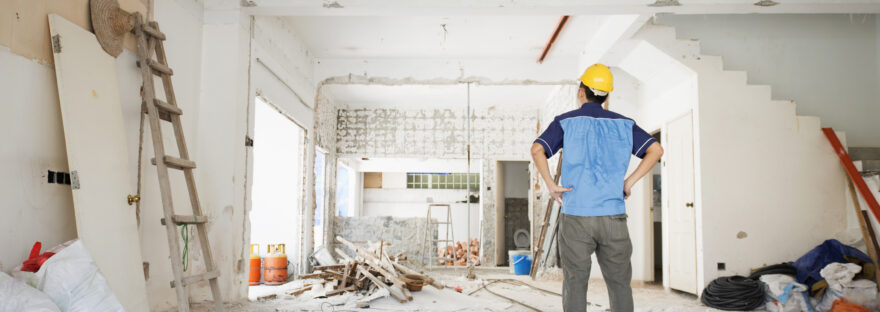Masonry is a skilled trade, and it involves the work of a mason who can chisel, mold and shape stone, brick or concrete in a way that looks like it has always been there.
Masonry’s durability, energy efficiency, and engaging aesthetic make it a popular choice for both commercial and residential construction projects. Click the link https://serranosmasonry.com/ to know more.

Masonry is one of the oldest and most established building techniques. It has been around for hundreds of years, and innovations in materials technology and mix designs have improved the strength and durability of masonry construction. It is also environmentally friendly and energy efficient.
Concrete masonry units are available in a wide variety of sizes, shapes, and colors to achieve different functional and aesthetic objectives. A broad sampling is shown in TEK 14-6, Concrete Masonry Unit Shapes and Sizes Manual (ref. 2).
Brick masonry can be used to create a wide range of architectural styles. It is less expensive than stone and concrete blocks, making it a popular choice for commercial buildings. Brick masonry is also flexible and can be adapted to seismic conditions, but it has lower resistance to tension and torsion loads than stone or concrete block masonry. Brick masonry is susceptible to water penetration and must be properly maintained and waterproofed.
Stone masonry is often used to achieve a more rustic, earthy appearance in urban applications and to blend into rural settings. Its natural appearance and durability make it a good choice for residential applications as well. Stone masonry is usually highly flexible and resistant to torsional loads. It is a common choice for foundations, walls, and chimneys.
New developments in masonry construction include the use of pre-stressed masonry. This involves reinforcing masonry walls with cables within their cells before the wall is built, which increases its resistance to flexural stress and bending.
Maintenance of masonry structures includes the routine replacement of sealant in expansion joints, at through-wall flashings, and at the perimeter of openings such as doors and windows. These procedures should be performed as often as every seven to 20 years depending on climate. Periodic inspections by building maintenance personnel or masonry specialists can help to identify and resolve problems quickly.
Durability
Masonry is one of the most durable construction methods. It’s resistant to fire and offers excellent sound attenuation and energy efficiency. A wide variety of colors, shapes, and architectural finishes enable masonry to achieve any design style.
Masonry consists of individual units such as brick, stone, concrete block, glass blocks, and adobe, which are laid in a pattern and bound together with mortar. This mortar is made of cement and other ingredients that create a strong bond between the units. The mortar also provides moisture resistance and helps prevent deterioration and cracks.
A masonry structure’s strength is not completely dependent on its bond with the mortar; it also relies on the friction between the individual building units, which are often interlocking. This interlocking can be enhanced by grooves on the building units or surface features added to the mortar. Many dry set masonry structures forgo the use of mortar and depend entirely on this interlocking for strength.
Because of its durability and thermal efficiency, masonry is especially useful in buildings in climates that experience extreme weather conditions. Masonry’s high thermal mass helps regulate indoor temperatures by slowing heat transfer, and it can be used to insulate walls from cold winter air.
Masonry is easy to maintain and can last for centuries with proper care. Regular inspections and maintenance are key to extending the life of a masonry structure. Common maintenance tasks include cleaning, repointing (replacing deteriorated mortar), and repairing or replacing damaged masonry units. A well-draining site and the use of compatible materials during repair work are also important to help prevent water-related issues like efflorescence or freeze thaw damage. A good drainage system can also prevent structural problems, such as heaving and cracking, caused by soil movement.
Insulation
Masonry walls are insulated, which makes them more energy efficient than wood stud walls. This means that you will save money on heating and cooling bills. They also help to keep out noise and dust. Masonry walls are also fire-resistant, which will help to keep your occupants safe in the event of an emergency.
Masonry construction requires attention to details to ensure a building will function as intended and have the appearance expected. Construction tolerances must be tight enough to preserve the appearance of the masonry but flexible enough to accommodate changes in the project scope, materials and methods. These tolerances are influenced by the condition of preexisting construction, the site, and the design.
Concrete masonry units are available in a broad range of shapes and sizes, allowing designers to achieve a wide variety of appearances and functions. In addition, architectural finishes and a variety of mortars provide color, texture and pattern that enhance the visual appeal of a building or structure.
While masonry is very strong, it must be built correctly to be structurally sound. Typical construction tolerances for masonry are between 1/8 and 3/4 inch (3 to 19 mm). It is important that these tolerances be followed closely, but in some cases it is necessary to vary head or bed joint thicknesses in order to meet the design criteria of the structure.
New developments in masonry construction include the use of pre-stressed masonry. This consists of installing cables within the cells of the concrete masonry units, which are then tensioned to increase resistance to flexural and bending stresses. This allows the masonry to support heavier loads without damaging the building. It can also be used in blast-resistant applications.
Aesthetics
Masonry offers a wide range of aesthetic possibilities, including color, scale, texture and pattern. Its unique structural qualities can also be highlighted through the use of innovative architectural features. In addition, masonry can help control sound and regulate temperatures while providing an appearance of permanence and stability.
The oldest masonry structures date back to prehistoric man’s effort to supplement natural caves with sun-dried brick and stone huts. The ancient Egyptians perfected the art of stonemasonry, building the Great Pyramids and other iconic temples using a variety of materials.
Masonry continued to play a major role in Gothic architecture, which emerged in the 12th century. This style featured innovations like the pointed arch and ribbed vault, allowing buildings to be built taller and more elaborately decorated. Iconic Gothic church structures like Notre Dame and Chartres demonstrate the full potential of this architectural style and masonry construction.
During the 20th century, architects sought to break away from traditional styles and materials. Although modernism favored glass, steel and other innovations, it also celebrated masonry as a means of merging architecture with nature. Frank Lloyd Wright’s Fallingwater, for example, incorporated local sandstone walls and concrete slabs in its design, demonstrating how masonry could be used to craft a house that blends with the landscape.
Today, masonry continues to be one of the most popular construction methods. Innovative developments in material technology, mix designs and engineering have made masonry even stronger and more durable than before. It’s important to properly maintain a masonry structure, however, to prevent damage and decay. For example, if English ivy is allowed to take hold on a brick facade, it can discolor the surface and cause mortar problems. It’s important to have a professional mason inspect your home for signs of damage and take steps to stop the spread of ivy or other unwanted plants.
Sustainability
Masonry buildings have high thermal mass, which helps to minimize temperature fluctuations and shift heating and cooling loads to off-peak hours. Moreover, their insulation and airtightness reduce energy consumption while providing a comfortable space for occupants. In addition, masonry blocks and bricks are natural and locally available, which reduces transportation-related carbon emissions and supports sustainable construction practices. Additionally, masonry is pest-resistant and does not rust or rot, which contributes to lower maintenance costs.
Concrete masonry structures are strong, durable and highly resilient, making them well-suited to resist the impact of manmade or natural disasters such as earthquakes and hurricanes. They also offer acoustic and thermal insulation, reducing noise and maintaining a comfortable atmosphere for their occupants. Moreover, they are non-combustible and fire-resistant.
As a result, many architects have been using masonry in their projects. Especially in contemporary architecture, architects are increasingly interested in sustainability, context and materiality, while still embracing the versatility of masonry. Examples of this can be found in projects by Herzog & de Meuron and Peter Zumthor, who have used masonry to create buildings that harmonize with their surroundings.
The main drawback of masonry construction is that it requires skilled labor, which can add to the overall cost of a project. However, advances in concrete technology are promising to reduce the impact of masonry construction by improving durability and energy efficiency. Additionally, new materials such as self-healing concrete and digital fabrication technologies allow for more complex forms to be built using masonry.
Furthermore, the use of recycled aggregates and the use of concrete block manufacturing techniques such as the Cold-Formed Continuous Form (CFCF) which reduces energy and rebar usage can further reduce the environmental impact of masonry construction. Additionally, many masonry manufacturers now use flash and slag to make a portion of their cement, which reduces CO2 emissions.



